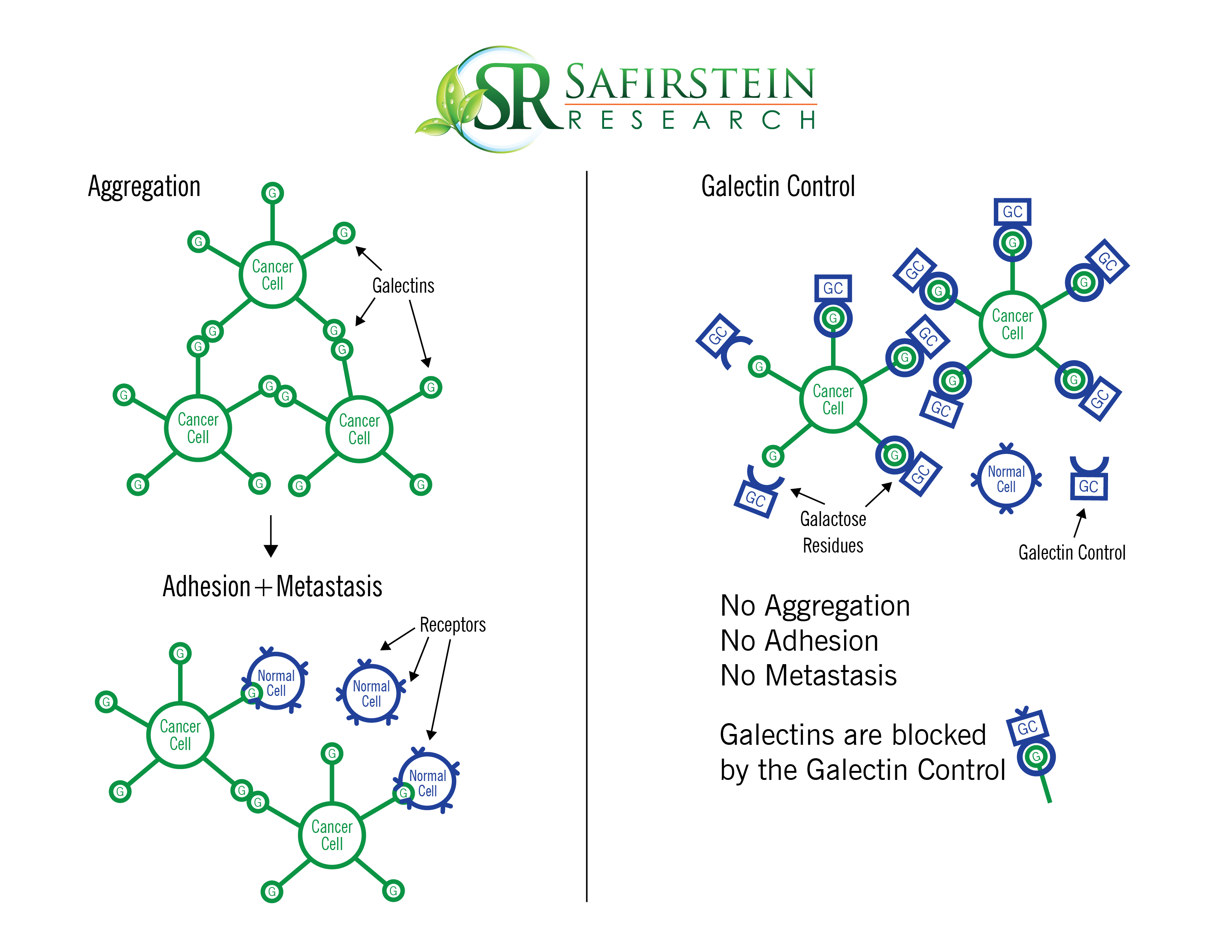By Abraham Safirstein
In the Battle of the Bulge, an SS Panzer Tank division with the most powerful tanks of the time, the Mark IV, confronted a weak battalion of inferior American Sherman tanks. The Sherman’s cannon could not penetrate the Mark IV’s armor, so how was it possible for the Americans to win that battle, which changed the outcome of the war completely? General Patton, who commanded the American force, understood very well that the most powerful tank is basically a pile of scrap metal if it has no fuel. What he did was concentrate the whole effort in destroying the German’s fuel supply and once he achieved that, the Nazi’s ran out of gas, and had to walk back to Germany.
Likewise, cancer has the same weakness. When we discussed hypoxia, I explained that contrary to healthy cells which are aerobic (generate energy through oxidation), cancer cells are anaerobic, and generate energy through fermentation (glycolysis). The efficiency is approximately 18:1, which means that a cancer cell needs 18 times the amount of energy for the same function as a healthy cell.
How does a cancer cell procure the glucose it needs? It has cell surface receptors called galectins. We can represent them as tentacles which have different functions. They have the characteristic of recognizing carbohydrates, with a special affinity to galactose, a form of sugar, and that is the source of their name.
Galectins on the cancer cell surface have 3 main functions, aside from being the glucose receptors:
- Aggregation
- Adhesion
- Metastasis
Aggregation: Communication between the cancer cells
Adhesion: In order to metastasize, cancer cells have to travel through the vascular (blood) or lymphatic systems to the place where they will try to create a new tumor. In order to be able to go through the vessel walls, they have to adhere to them and break through.
Metastasis: Attaching to healthy cells to make them cancerous, and creation of new tumors.
Galectin Control molecules are modified polysaccharides which bind to healthy cells’ glucose receptors, enter the cells, and get oxidized into energy just like glucose. They also bind to the cancer cell galectins, but can’t be oxidized because cancer is anaerobic, so they get stuck in the galectins rendering them saturated and useless. Cancer cells do not have the ability to get rid of the modified molecule, and as more and more galectins are saturated they get clogged and cannot accept any more glucose into the cell, and the cells starve to death.
Once the galectins are plugged, the cancer cells can’t aggregate, adhere or metastasize. To put this in plain English, we have effectively put a seal on the Mark IV’s (the cancer) gas tank, so it cannot refuel.

